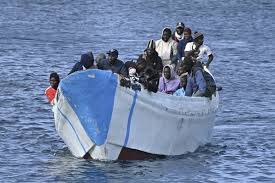Canary Islands: In News

Three people were killed and 15 others injured after powerful waves struck Tenerife, the largest of Spain’s Canary Islands and a popular holiday destination.
- The Canary Islands are an archipelago located off the northwest coast of Africa in the Macaronesia region of the North Atlantic Ocean.
- Geographically, the archipelago is part of continental Africa, but politically and economically it is part of Europe.
- The archipelago is a Spanish territory and is its southernmost autonomous community.
- It is approximately 100 km from Morocco and southwest of Spain.
- It is Macaronesia’s largest and most populated archipelago.
- Some of the largest islands in the archipelago are Lanzarote, Fuerteventura, Gran Canaria, and Tenerife.
- Tenerife is the largest island of the Canary Archipelago, spanning 2,034 sq.km.
- Capital: Santa Cruz de Tenerife
- Area: 7,447 sq.km.
- The Canary Islands formed millions of years ago through volcanic eruption, and some of the volcanoes are still active.
- The highest point in Spain, Teide Peak, located on Tenerife, rises to 3,718 m.
- Climate: Desertic and tropical, moderated by trade winds and the surrounding sea.
- The islands’ location in the Atlantic Ocean and their proximity to four continents (Africa, Europe, and the Americas) make them a popular tourist destination.




